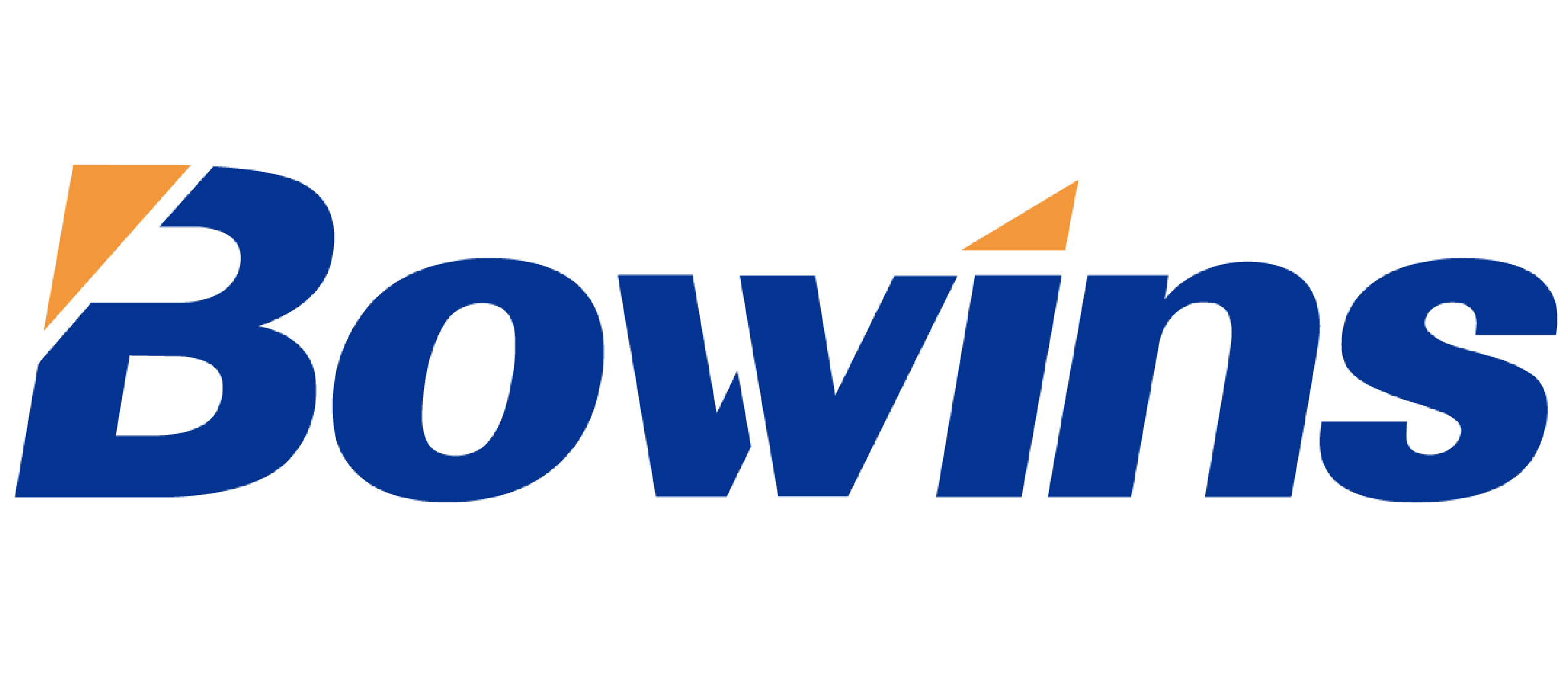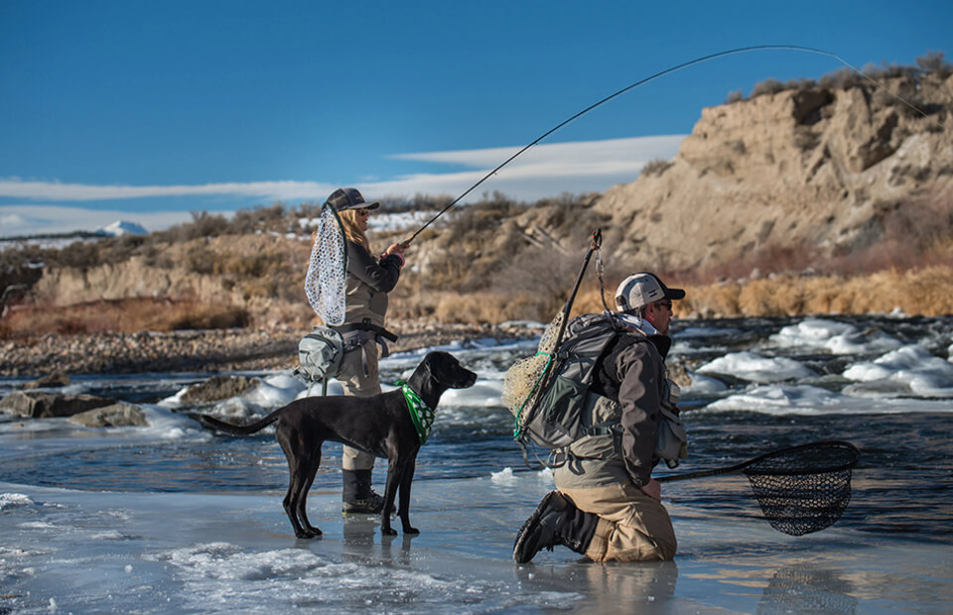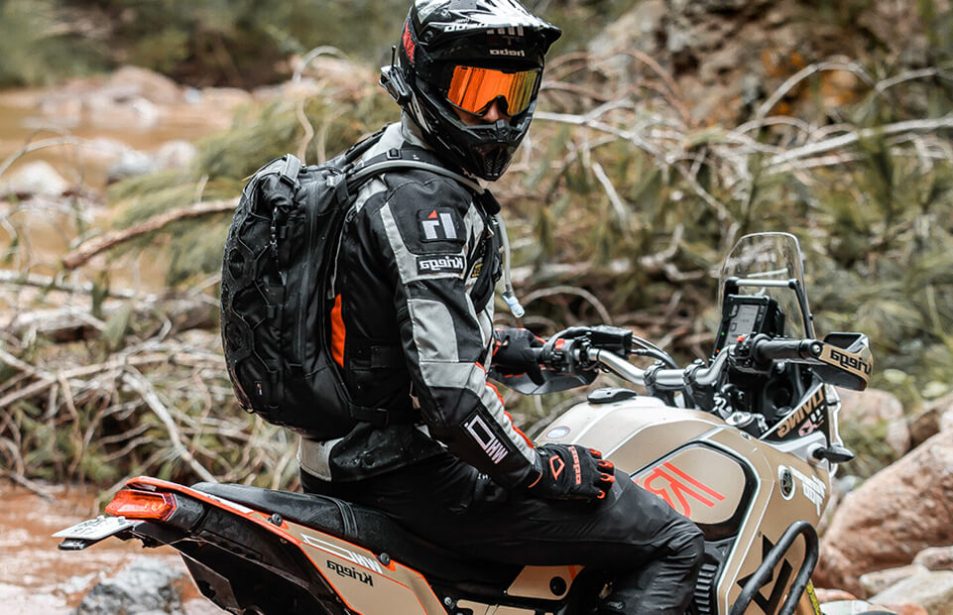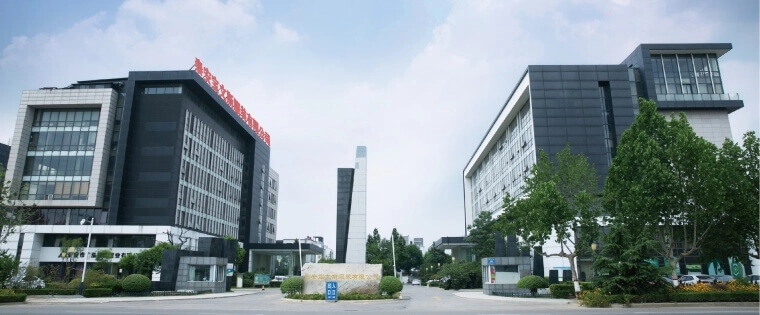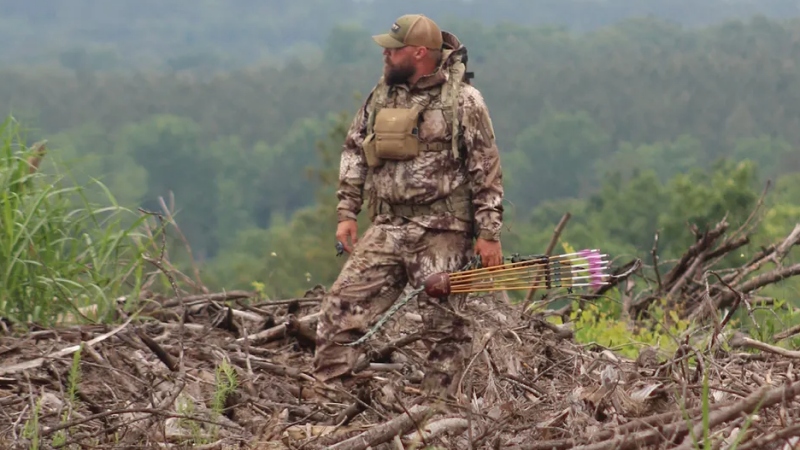Silent Hunting Clothing and Quiet Fabric Innovations for Professional Hunters
The Rise of Silent Hunting Clothing in the Global Market
In the competitive hunting gear industry, silent hunting clothing has become one of the most important performance factors for professional and recreational hunters alike. Over the past decade, advancements in quiet fabric technologies have dramatically changed the standards for stealth, comfort, and durability in outdoor apparel.
According to market data from Global Market Insights, the global hunting apparel market surpassed USD 1.4 billion in 2024, with a projected CAGR of 5.6% through 2030. Within this market, the demand for noise-reducing hunting wear has surged due to increased interest in ethical, efficient, and stealth-oriented hunting practices—especially in North America, Europe, and emerging outdoor markets in Asia.
Understanding Quiet Fabric Technology
What Makes a Fabric “Quiet”?
The key to quiet fabric lies in the material’s surface structure, fiber type, and lamination process. Traditional hunting jackets and pants often produced unwanted friction noise when hunters moved through brush or adjusted their stance. Modern silent fabrics are designed to absorb and minimize that noise, allowing hunters to approach prey undetected.
Quiet fabrics are typically made using:
Brushed tricot or micro-fleece for soft texture and noise absorption.
Laminated membrane layers that reduce friction and provide weather resistance.
Advanced composite fibers that combine silence with breathability and strength.
These materials not only eliminate rustling but also improve comfort, making them ideal for all-weather hunting conditions.
Manufacturing Process and Material Innovation
Step 1: Fiber Selection
Manufacturers begin by selecting ultra-soft synthetic fibers such as polyester microfibers or nylon blends. These fibers are chosen for their smooth touch and sound-dampening qualities.
Step 2: Brushing and Laminating
The fabric undergoes a brushing process that raises the nap on the surface, creating a micro-layer of air pockets that absorb sound. This layer is then laminated with a hydrophobic membrane, balancing silence with waterproofing and breathability.
Step 3: Precision Cutting and Seam Engineering
Even seams and stitching can generate unwanted noise. That’s why leading producers use flat-seam construction and laser cutting to maintain stealth and durability.
Step 4: Field Testing and Acoustic Analysis
Before mass production, garments are field-tested under real hunting conditions and measured with acoustic sensors to ensure noise levels meet international stealth standards.
Market Trends and Buyer Insights
Growing Demand for Sustainable Quiet Fabrics
Environmental awareness has influenced every aspect of textile production, and silent hunting clothing is no exception. Many manufacturers are adopting recycled polyester, bio-based coatings, and eco-friendly dyeing processes to meet sustainability goals without compromising performance.
Integration with Smart and Adaptive Technologies
Next-generation hunting apparel now integrates temperature-adaptive membranes, odor-control treatments, and infrared camouflage. Combined with quiet fabric, these innovations create multifunctional gear tailored for professional users and military applications.
B2B Opportunities in OEM/ODM Manufacturing
Global buyers, including outdoor brands and tactical suppliers, increasingly seek OEM/ODM partnerships for customized quiet clothing solutions. This includes private labeling, personalized designs, and integrated camouflage printing.
Performance Benefits of Silent Hunting Clothing
| Feature | Description |
|---|---|
| Noise Reduction | Eliminates rustling and friction during movement. |
| Comfort & Flexibility | Lightweight fabrics with soft handfeel and stretch. |
| Weather Resistance | Windproof and water-repellent coatings maintain dryness. |
| Camouflage Integration | Compatible with advanced 3D and digital print camo. |
| Durability | Long-lasting under extreme outdoor environments. |
Frequently Asked Questions (FAQ)
1. What is the quietest fabric for hunting clothes?
Micro-fleece and brushed tricot are among the quietest fabrics due to their soft surfaces and sound-absorbing fibers. They are often laminated for weather resistance.
2. Can quiet fabric be waterproof?
Yes. Many silent fabrics are treated with DWR (Durable Water Repellent) coatings or bonded with waterproof membranes to provide both silence and protection.
3. Is silent hunting clothing suitable for all climates?
Modern designs include breathable layers for warm climates and insulated options for winter hunting. Buyers can select material weights according to their target regions.
4. Can manufacturers customize color and camouflage patterns?
Absolutely. Most suppliers offer full OEM customization, including patterns, embroidery, and branding, to meet different regional hunting styles.
Future Outlook: Innovation Meets Stealth
The next phase of silent hunting clothing development is expected to integrate AI-driven material testing, 3D fabric simulation, and smart textile sensors for real-time comfort and environmental adaptation. With continuous improvements in quiet fabric technology, hunters will enjoy gear that performs silently, resists the elements, and enhances precision on the field.
Conclusion: Partner with Experts in Quiet Fabric Technology
As hunting continues to evolve into a discipline driven by precision and sustainability, silent hunting clothing has become a cornerstone of modern outdoor gear. For buyers, importers, and brand developers seeking reliable partners, choosing a supplier with expertise in quiet fabric manufacturing ensures not only superior performance but also a strong position in the global hunting apparel market.
We welcome global distributors, wholesalers, and OEM brands to collaborate on advanced quiet fabric projects—where stealth, comfort, and innovation meet.
